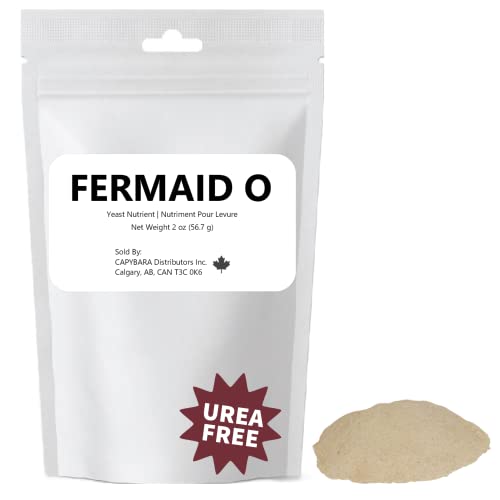Being new to this bit of kit ( only 2 brews in to date) on my first mash I used the top plate per instructions and the re circulation tube seemed to lay on the plate spreading the flow evenly until the plate sunk onto the grain in a a tight pack.
Reading on this forum that rice hulls and no top plate would help my second brew had no problem with the compacting grains but found the long tube just sank into the mash.
Does it matter how it recirculates, whether into or onto the grain?
Would shortening the tube so it pours on top of the mash be a thing to do if the wort needs to flow through?
Reading on this forum that rice hulls and no top plate would help my second brew had no problem with the compacting grains but found the long tube just sank into the mash.
Does it matter how it recirculates, whether into or onto the grain?
Would shortening the tube so it pours on top of the mash be a thing to do if the wort needs to flow through?






































![BREWING THERMOMETER STICKERS ACCURATELY MONITOR FERMENTING BEER & WINE LIQUID TEMPERATURES 5PCS HOME BREW SPIRITS WINE LCD ADHESIVE [US]](https://m.media-amazon.com/images/I/311DDjo2X3L._SL500_.jpg)


